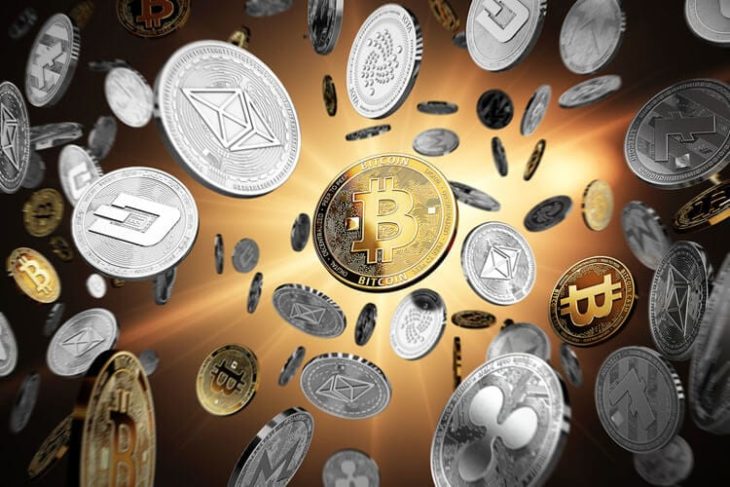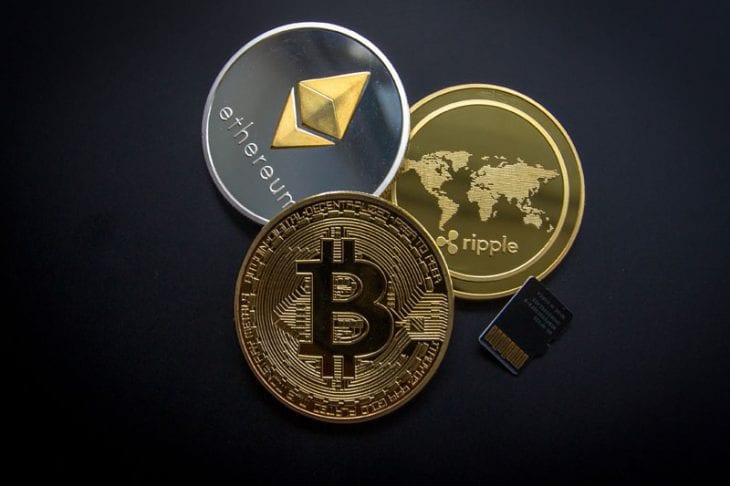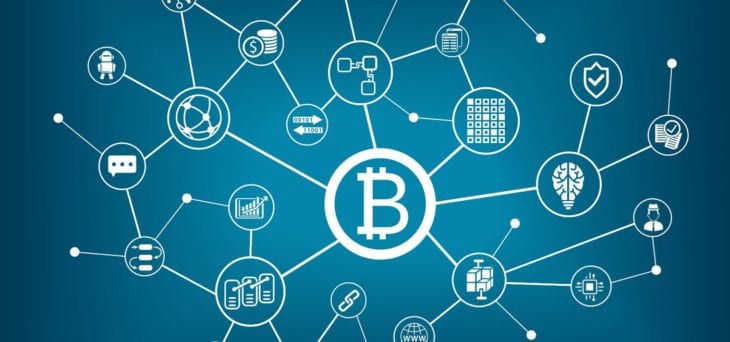In simple terms, blockchain is the technology responsible for the creation of Bitcoin. Bitcoin is a digital cryptocurrency that had a price of almost $20.000 last year. Since the 20k mark, Bitcoin started freefalling in what was seen as “the end of cryptocurrencies.”
But what is this blockchain technology that is responsible for Bitcoin and the various other coins that can be bought with “real money”? The blockchain is so much more than just Bitcoin and cryptocurrencies. The blockchain is the technology that has been said to bring trust into every transaction of data online.

Img source: Darkwebnews.com
We are living in a very dangerous time, and with the technology available to our governments and certain individuals, they could use every piece of data against you. So, blockchain is the technology that will effectively “hard-wire” trust into every piece of data transaction online.
But what does that mean? Buckle your seatbelts as thing get a little more complicated from here.
Since there are more than 2.000 cryptocurrencies available (and more are being created as time goes on), it could be hard to distinguish what’s a scam and what’s not. But there is one cryptocurrency that stands out from the rest, and that’s Bitcoin.
Regarded as the one who started it all, Bitcoin has enjoyed a steady ride so far (if you look at its price at the start of each year).
The blockchain is the future of how we conduct things on a daily bases, according to blockchain and crypto industry expert David Gokhstein. There are many skeptics about blockchain and its potential to bring good to our world. As a matter of fact, conglomerates such as IBM, Microsoft, Walmart, Intel, Goldman Sachs, Nasdaq, and Visa are all using blockchain technology software to get business done.

Img source: Investing.com
Blockchain, apart from being the technology behind Bitcoin, is a secure and digital ledger that every crop of startups are trying to get their hands on. Lotteries, ID cards, ID verifications, welfare payments, job hunting, and insurance payment services are all trying to incorporate blockchain.
According to David Gokhstein, the potential of blockchain is huge with some estimations saying that it will provide more than $180 billion in value to businesses by 2025. The number is projected to skyrocket to $3.2 trillion by further five years. And next to bitcoin, there is an array of altcoins, which are new and emerging cryptocurrencies, TechSlang has an expanded list of some altcoins and more info about blockchain.
How does blockchain work?
So, blockchain can be explained as this never-ending, and ever-growing, data of blocks. Each block records a fragment of a transaction. If you are part of the blockchain, you hold a simple fragment of each transaction that is happening.

Img source: dlt.com
That way no one controls the transaction and no one can manipulate it. Everything done on the blockchain is anonymous. The blockchain is this decentralized space that no one can control the data in it. Every participant in a transaction can see the same data. When someone sells an asset to another, using the blockchain, both parties see the same data.
Each participant on the blockchain is part of a huge, never-ending, network of computers that are all holding fragments of each transaction done. Everyone is anonymous, and you have no reason to trust anyone else, but you do because it’s secure. No hacker can hijack your transaction because it’s being passed through a thousand other people who are all passing along the information.
